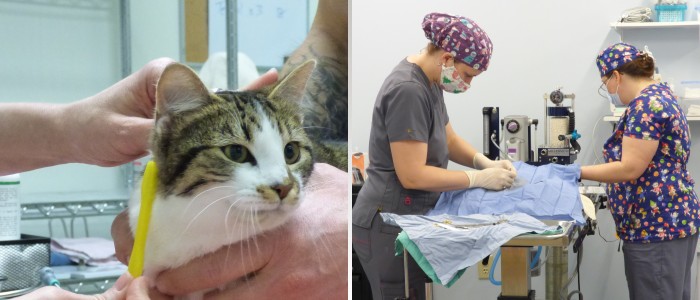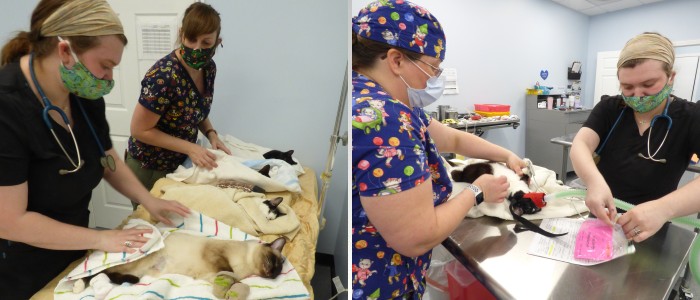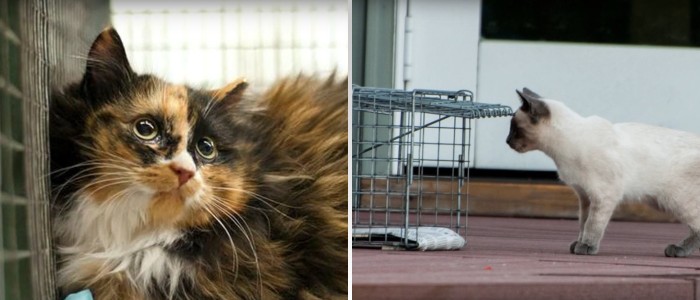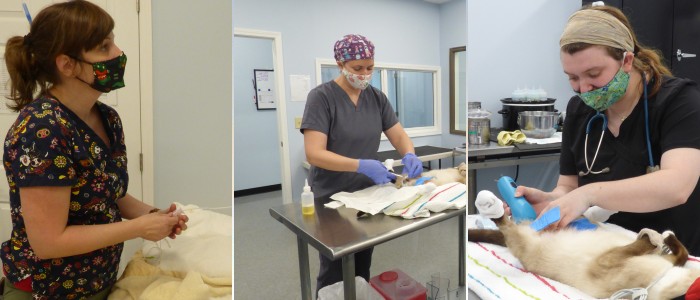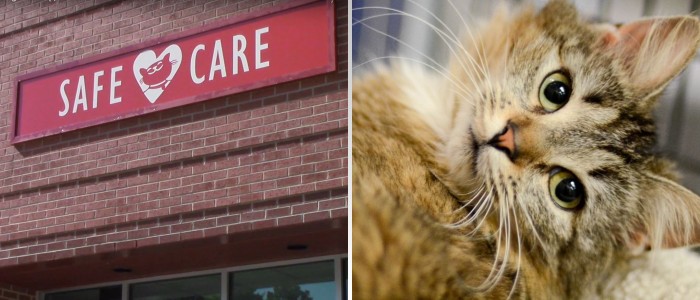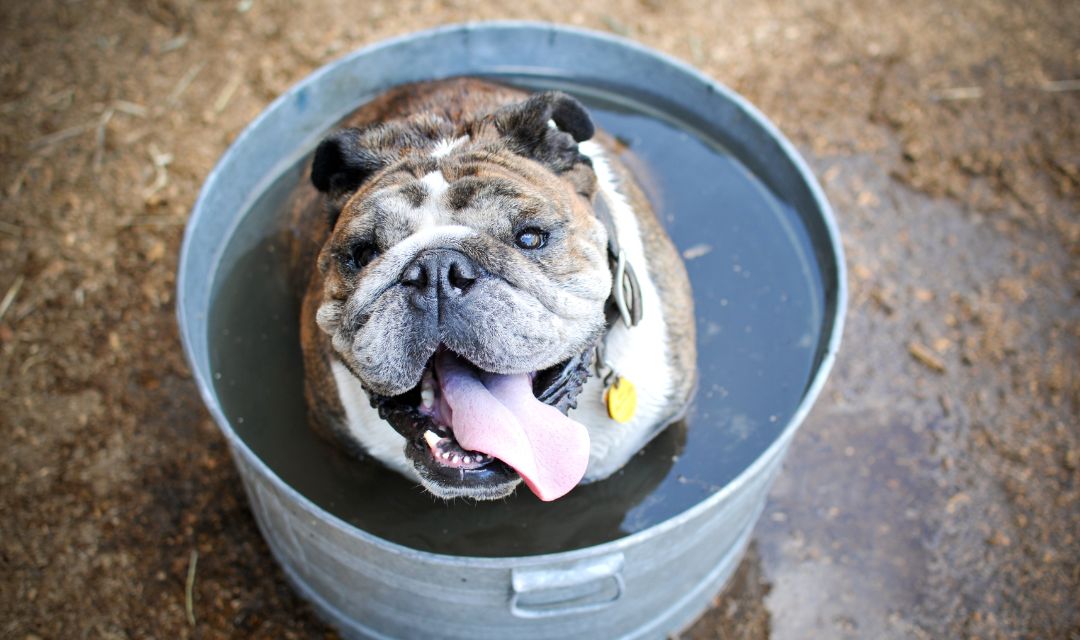With temperatures around the world hitting record highs, it’s important to know how to protect our furry friends. Whether it’s your personal pet or a community cat, you can help keep them safe and cool.
Keeping Your Pet Cool
Just like it is for humans, heat can be very dangerous for cats and dogs, especially since they don’t sweat. Even indoors, your pet can get overheated if your air conditioning isn’t working or they’re kept in a closed space with no airflow. Here are three ways you can help keep them cool for the summer:
-
- Stay inside. Whenever possible, make sure your cat or dog enjoys the great indoors. If you have to go outside to walk your dog, keep the activity short and be aware of how hot the asphalt can get – walking in the grass will be cooler and prevent the potential for burned paws.
- Help them stay hydrated. Make sure you have fresh, clean water throughout the house in easy-to-access locations. Want to add a little chill? Add a couple of ice cubes into the water for an extra treat.
- Don’t leave pets in parked cars. Even if it doesn’t seem like it’s too hot outside, the inside of a car can get overwhelmingly hot quickly. If you don’t need to take your pet with you, leave them at home where they can stay safe and cool.
Helping Community Cats
Community cats also need a little extra help when it’s sweltering! If you like to help the cats in your neighborhood or at nearby cat colonies, here are a few ways you can help.
-
- Provide shade. Whether it’s just access to shade under your deck or a special shelter, giving community cats the option to escape the sun will help them stay a little bit cooler. Building a cat shelter can also be a great project for when you’re trying to stay inside yourself!
- Ice → Water. Just like our indoor pets, our outdoor furry friends need extra access to water in the summer weather. If you can, check any water you leave out more frequently to make sure it’s full. You can also freeze water in bowls and leave it out to melt in addition to the bowls with regular water.
- Try dry cat food. If you leave out food for cats in your community, dry food can last longer than wet food and also attracts fewer bugs.
- Consider the weather when trapping. If you help with overpopulation by practicing TNVR, think about how hot it is outside before trapping. Even humane traps can get overheated so cats shouldn’t be left long in them.
Looking for more tips on caring for your pet? Learn what plants are safe to have and why microchipping is a great idea.

